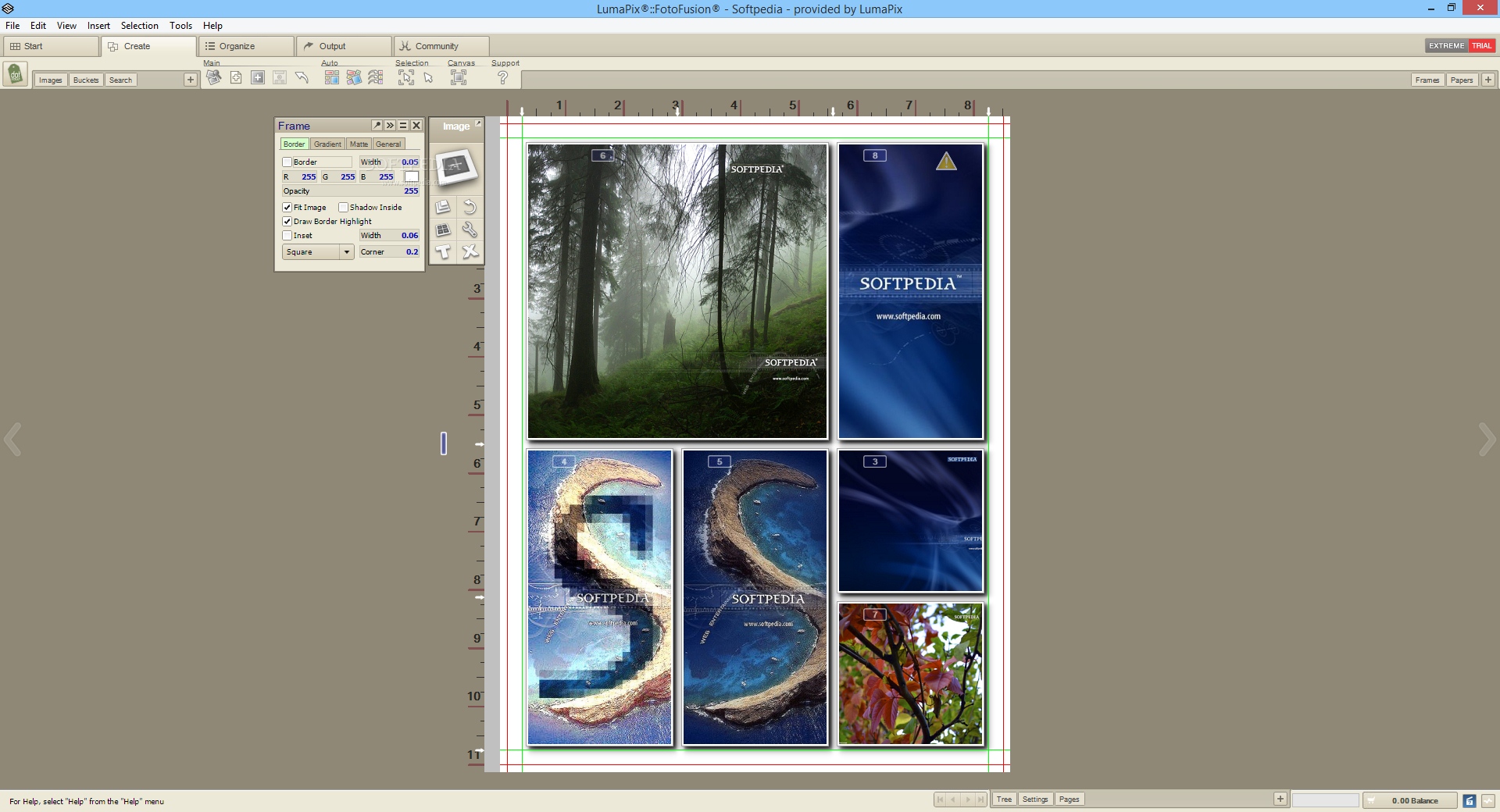2020. 2. 29. 03:26ㆍ카테고리 없음
Create elegant and impressive wedding albums in minutes, not days. Create your own custom signature templates, or browse LumaPix's online catalog of designer wedding album styles. Tune your compositions with FotoFusion's best-of-breed tools for image layout; send low-res watermarked proofs to your bride by email, web gallery, print or pdf. Take full advantage of the flexibility of all-digital layout and give your customers the look they expect. FotoFusion's professional photography software is the best album layout tool that money can buy.
Wall-Mounted PortraitsBigger is better - large-format output is the mark of a professional and the centerpiece of a high-end job. Any composition you create in FotoFusion can instantly be resized up to wall-mounted portrait size, with all text, mattes, and other elements being re-rendered at the final resolution; the quality of your own imagery will astound you. FotoFusion::Extreme professional photography software can produce output at any size - a 24x36' portrait is a snap, trade show signage and even grand-format output are just a matter of increasing the output resolution of your work.Senior PortraitsGet Senior work through your studio fast, while preserving your unique look: create custom portrait templates and populate them in minutes for each new customer. Upsell to larger-format wall-mounted portraits by simply re-rendering at a higher resolution or printing it at a larger size.Creating your own gallery of styles to offer your clients, with space for your subject's name and graphics that reflect their unique personality, will show your clients at their best while running your studio's pipeline at full speed.Composites & YearbooksFor studios working with traditional tools, building a class composite is a slow and tedious process - often considered a 'necessary evil' to win a school's business. Using FotoFusion's photography grade studio software, class composites can be created quickly and easily - converting the process into a strength that differentiates your studio from the competition!Team SportsFotoFusion can handle everything from composite posters to trading cards to team yearbooks with ease and speed.

Build templates reflecting your studio's style, then simply drop in team logos and player names to get sports customers through your business in record time. Tag players by school, by team, or any other keywords you like; FotoFusion v4 includes a keyword-driven photo organizer to make it simple to pull the team together.Composite Cards / Z-CardsDoing ZCards for actresses, actors, makeup artists or stylists? It's a snap with the right template. FotoFusion lets you browse a library of styles, drop in personal details for the subject, and print within minutes! A portable application (portable app), sometimes also called standalone, is a program designed to run on a compatible computer without being installed in a way that modifies the computer's configuration information. This type of application can be stored on any storage device, including internal mass storage and external storage such as USB drives and floppy disks – storing its program files and any configuration information and data on the storage medium alone. If no configuration information is required a portable program can be run from read-only storage such as CD-ROMs and DVD-ROMs.
Some applications are available in both installable and portable versions. Like any application, portable applications must be compatible with the computer system hardware and operating system. Depending on the operating system, portability is more or less complex to implement; to operating systems such as AmigaOS, all applications are by definition portable. Portable apps are distinct from software portability, source code written to be compilable into different executable programs for different computing platforms. A portable application does not leave its files or settings on the host computer, which may be convenient or required if you have no administrator privileges on a computer.
Typically the application does not write to the Windows registry or store its configuration files (such as an INI file) in the user's profile; instead, it stores its configuration files in the program's directory. Another requirement, since file paths will often differ on changing computers due to variation in Windows drive letter assignments, is the need for applications to store them in a relative format. While some applications have options to support this behavior, many programs are not designed to do this. A common technique for such programs is the use of a launcher program to copy necessary settings and files to the host computer when the application starts and move them back to the application's directory when it closes. An alternative strategy for achieving application portability within Windows, without requiring application source code changes, is application virtualization: An application is 'sequenced' or 'packaged' against a runtime layer that transparently intercepts its file system and registry calls, then redirects these to other persistent storage without the application's knowledge. This approach leaves the application itself unchanged, yet portable. The same approach is used for individual application components: run-time libraries, COM components or ActiveX, not only for the entire application.As a result, when individual components are ported in such manner they are able to be: integrated into original portable applications, repeatedly instantiated (virtually installed) with different configurations/settings on the same operating system (OS) without mutual conflicts.
Lumapix Fotofusion Download

As the ported components do not affect the OS-protected related entities (registry and files), the components will not require administrative privileges for installation and management. Microsoft saw the need for an application-specific registry for its Windows operating system as far back as 2005.It eventually incorporated some of this technology, using the techniques mentioned above, via its Application Compatibility Database using its Detours code library, into Windows XP. It did not, however, make any of this technology available via one of its system APIs.